The external condom (male condom)
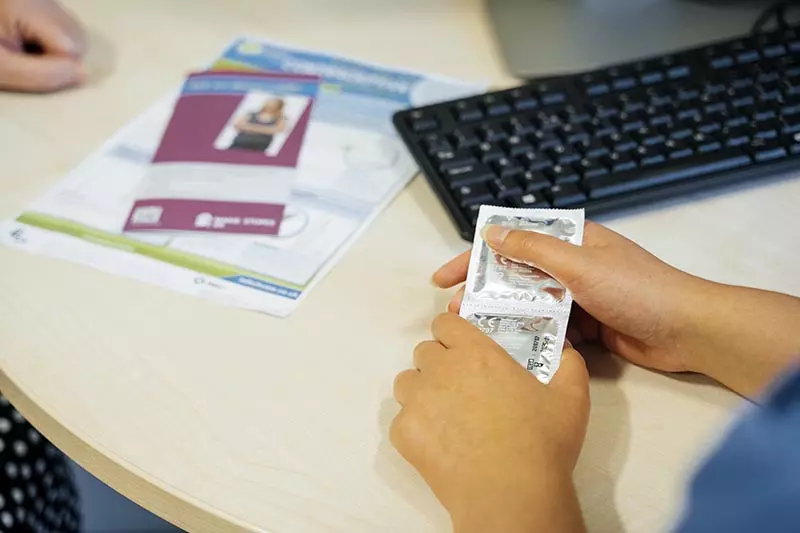
The external condom (male condom)
The external condom (also called the male condom) is a very thin rubber or plastic sheath that goes over the penis. It only needs to be used when you have sex. Condoms are the only contraceptive method which protect against sexually transmitted infections (STIs).
The condom works by acting as a barrier to stop sperm from travelling through the vagina to the uterus (womb) during sex, and preventing the sperm and egg from meeting.
The external condom
Would you like to find out everything you need to know about the external condom? We’ve created this short explainer video, filled with information about the condom including:
– What it is
– How to use it
– How effective it is in protecting against pregnancy
– Advantages
– Disadvantages
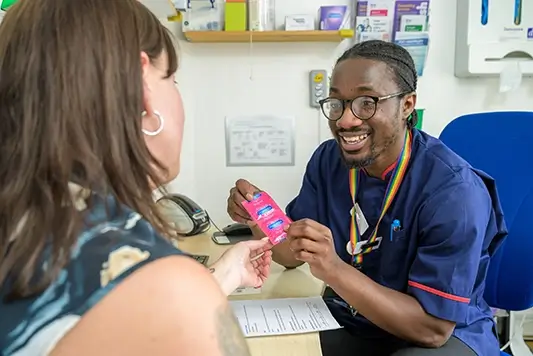
Effectiveness of the external condom
The external condom works reasonably well at preventing pregnancy, but its ability to stop a pregnancy largely depends on it being used properly every time you have sex. This means it must be worn from the start to the finish of the sex act, and a new one must be used for every sex act.
Perfect use: 98% effective. This means that 2 in 100 people whose partners use a condom will get pregnant in a year.
Typical use: around 82% effective. This means around 18 in 100 people will get pregnant in a year.
Never use any oil-based lubricant with a condom as it will make it more likely to break during sex (silicone or water-based lube is fine).
How do I use an external condom?
Check that the condom has not gone past its expiry date or been damaged
- Carefully tear open the foil packaging (don’t use your teeth), making sure not to rip the condom inside.
- Before any contact is made between the penis and the vagina place the condom at the head of the erect penis.
- Squeeze the tip of the condom between your thumb and forefinger to prevent air being trapped and unroll the condom all the way to the base of the erect penis.
- After ejaculation, withdraw the penis from the vagina while it is still erect, holding the condom firmly in place at the base of the penis.
- Slide the condom off the penis, taking care not to spill any semen or to allow the penis to come into contact with the vagina.
- Although it is unlikely to happen, it is always good practice to check that the condom did not break during sex. Dispose of the used condom hygienically – tie the top so that nothing spills out and throw it in a rubbish bin (not in the toilet as it may cause a blockage).
The only contraceptive method that protects against STIs
Condoms (external and internal) are the only contraceptive method which protect against sexually transmitted infections. To ensure protection from both pregnancy and infection, we recommend “dual protection”. This means using a condom in addition to the contraceptive method of your choice to prevent pregnancy.
Advantages and disadvantages of the external condom
In the UK, you can get condoms for free from sexual health clinics, some GP surgeries and some young people’s services.
You can buy condoms from pharmacies, supermarkets, some websites, vending machines in some public toilets and some petrol stations.
At MSI UK, we primarily offer contraception services as part of your abortion care. We also offer contraception services in some parts of England for people who have not accessed our abortion services. From these clinics, people can access LARC (Long-Acting Reversible Contraception, such as the coils, the implant and the injection) with us without having had an abortion.
Follow the link to find out more: MSI UK Contraception Clinics
Learn more about contraception
Visit the pages below to learn more about different methods of contraception (short-acting and long-acting), and to find a useful comparison tool to help you find a contraceptive method that is right for you.
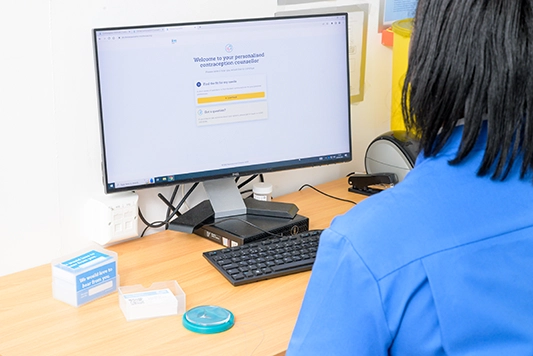
Which method is right for me?
Find a contraception comparison tool that can help you find the right method for you.
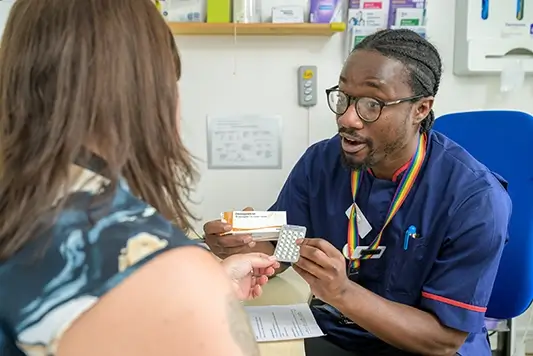
Short-acting contraception
Short-acting methods include the contraceptive pill, patch and ring.
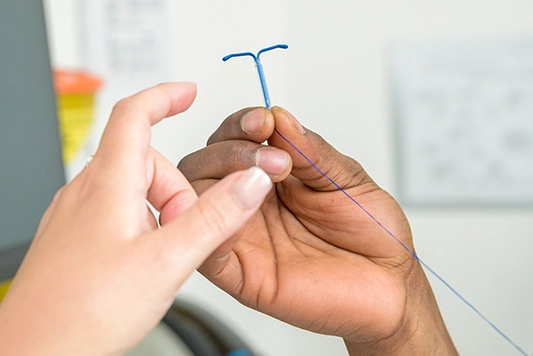
Long-acting contraception
Long-acting contraceptive methods include the coils, the injection and the implant.








































